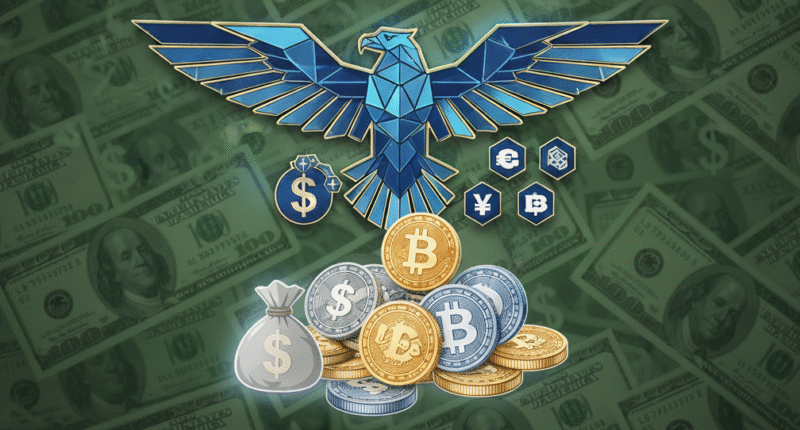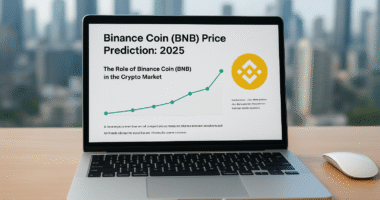The global financial landscape is evolving rapidly, and at the center of this transformation is the rise of stablecoins. As the U.S. dollar faces challenges from inflation, geopolitical pressures, and competing currencies, stablecoins could play a vital role in strengthening its position worldwide. Far from threatening the dollar’s dominance, these digital assets may actually serve as a lifeline, extending the influence of the dollar into the digital economy.
What Are Stablecoins?
Stablecoins are digital assets designed to maintain a stable value by being pegged to reserve assets like the U.S. dollar or gold. Unlike volatile cryptocurrencies such as Bitcoin or Ethereum, their value typically remains 1:1 with the dollar, making them an ideal bridge between traditional finance and blockchain technology.
-
Dollar-pegged stablecoins: Examples include USDC, USDT, and Binance USD.
-
Asset-backed stablecoins: Backed by government securities or commodities.
-
Algorithmic stablecoins: Stabilized by supply-demand algorithms.
The widespread adoption of dollar-backed stablecoins ensures that the greenback continues to reign supreme in the digital space.
Stablecoins Reinforce Dollar Dominance
Global Reach of the Dollar in Digital Form
Stablecoins give the U.S. dollar a new digital identity. In countries with unstable currencies, people often turn to dollar-backed stablecoins to protect their savings. Since these tokens are instantly transferable across borders, they increase global demand for the dollar without requiring traditional banking systems.
Efficiency in Payments and Settlements
Transaction costs and delays in the current global payment system can be high. Stablecoins eliminate intermediaries, making cross-border payments faster and cheaper. By integrating stablecoins into global financial networks, the U.S. dollar becomes more competitive in the modern digital economy.
Expansion with DeFi and Web3
Stablecoins are the backbone of decentralized finance (DeFi). They power lending, borrowing, and trading platforms within Web3 ecosystems. Because most DeFi protocols are dollar-denominated, the dominance of the U.S. dollar strengthens as innovation expands.
Why Stablecoins Are the Future Safety Net
Combating Inflationary Pressures
As inflation erodes confidence in fiat currencies, stablecoins tied to the U.S. dollar provide individuals and businesses with a safer alternative. This trust further strengthens demand for dollar-backed financial tools.
Supporting U.S. Policy and Regulation
Regulated stablecoins, backed by U.S. Treasury reserves, can align perfectly with U.S. monetary policy. Instead of undermining financial stability, they can support it by offering transparent, compliant alternatives that integrate with existing banking systems.
Outpacing Other Currencies
China is pushing its digital yuan, and other countries are testing central bank digital currencies (CBDCs). By promoting stablecoin adoption, the U.S. can outpace rivals and maintain global influence. Stablecoins ensure that, in a digital-first world, the U.S. dollar remains indispensable.
Conclusion: The Dollar’s Digital Lifeline
Stablecoins are not a threat to the U.S. dollar—they are its digital armor. By extending the reach of the dollar into blockchain, decentralized finance, and cross-border transactions, dollar-pegged stablecoins will preserve and even enhance the U.S. dollar’s global reserve currency status. Instead of being replaced, the greenback will thrive in its new digital form.










3 comments
Great!
Thanks for sharing 💖
Article drawing more attention to cryptocurrency world